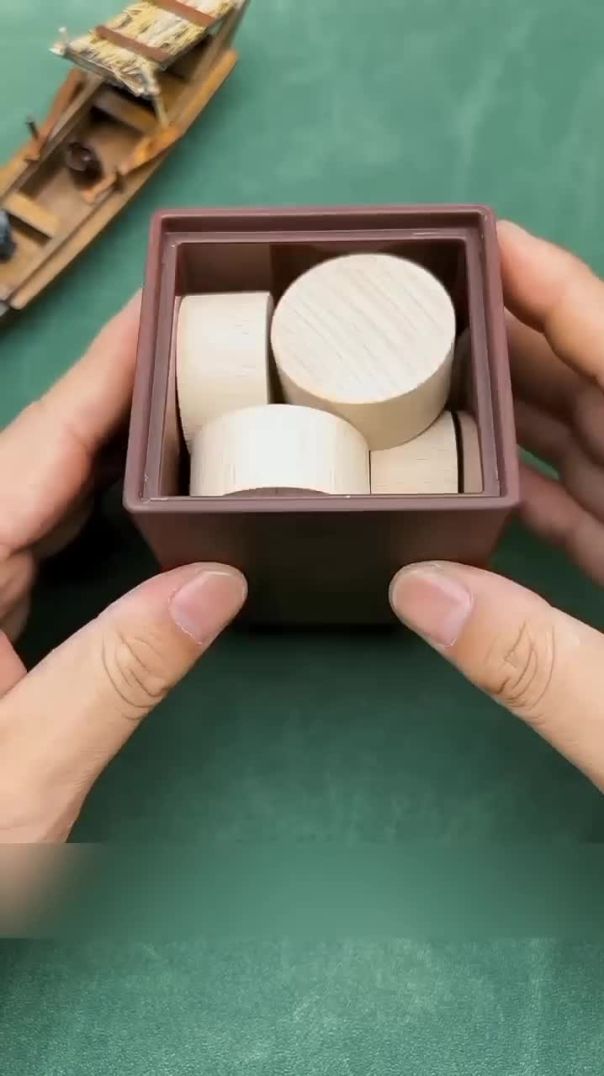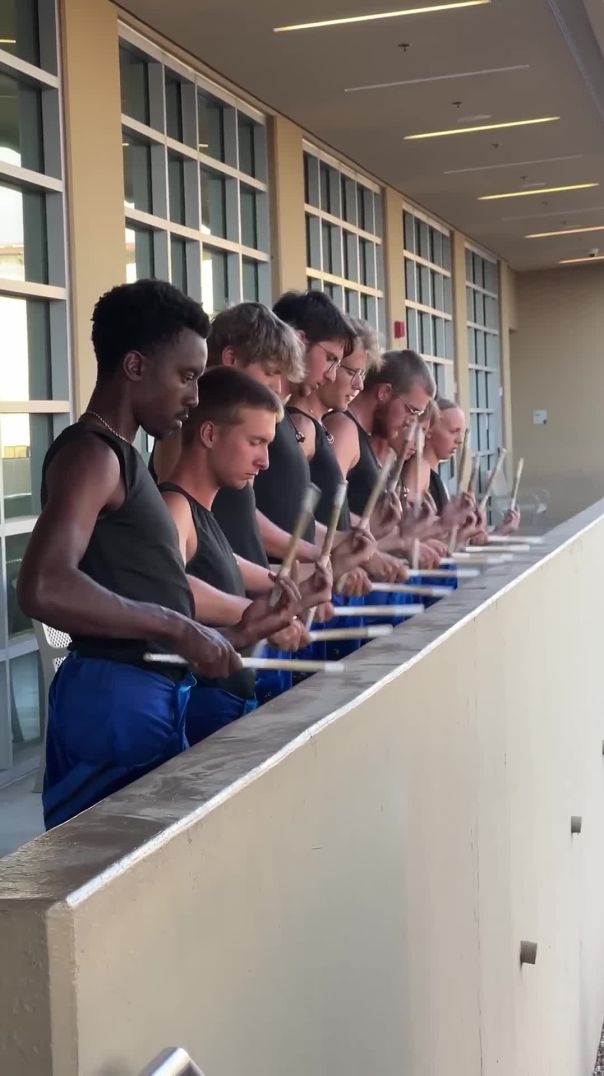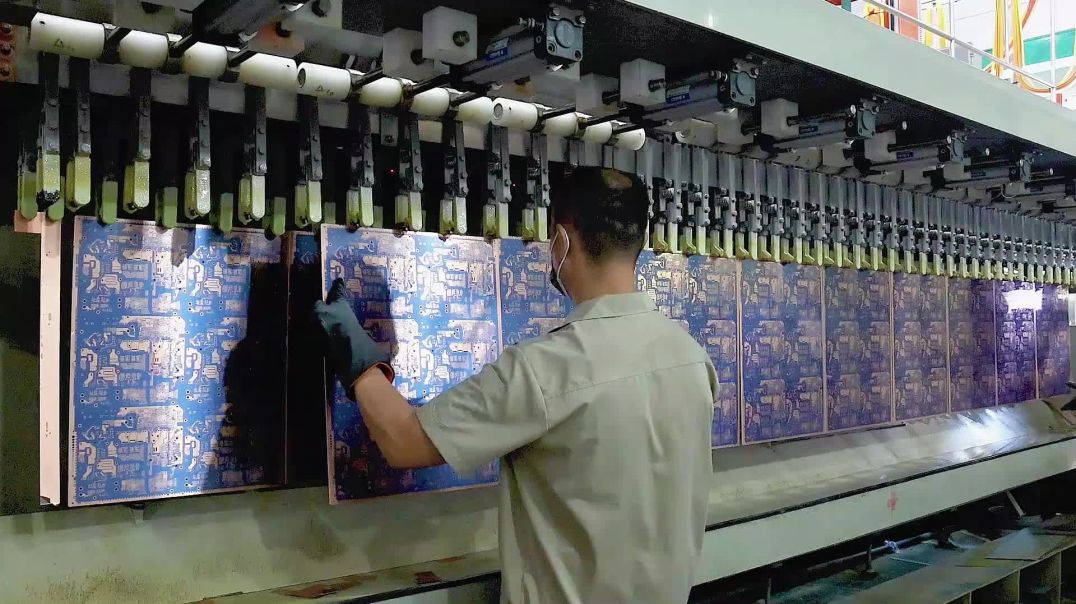15 Views· 09 October 2022
Longmen Grottoes, The Epic Wonder of China | Over 100,000 Buddha Statues | Luoyang | 洛阳 | 龙门石窟
The Longmen Grottoes or Longmen Caves are some of the finest examples of Chinese Buddhist art.
Housing tens of thousands of statues of Shakyamuni Buddha and his disciples, they are located 12 kilometers south of present-day Luoyang in Henan province, China.
The grottoes and niches of Longmen contain the largest and most impressive collection of Chinese art of the late Northern Wei and Tang Dynasties (316-907).
These works, entirely devoted to the Buddhist religion, represent the high point of Chinese stone carving.
The Longmen Grottoes, located on both sides of the Yi River to the south of the ancient capital of Luoyang, Henan province, comprise more than 2,300 caves and niches carved into the steep limestone cliffs over a 1km long stretch.
These contain almost 110,000 Buddhist stone statues, more than 60 stupas and 2,800 inscriptions carved on steles. Luoyang was the capital during the late Northern Wei Dynasty and early Tang Dynasty, and the most intensive period of carving dates from the end of the 5th century to the mid-8th century.
The earliest caves to be carved in the late 5th and early 6th centuries in the West Hill cliffs include Guyangdong and the Three Binyang Caves, all containing large Buddha figures.
Yaofangdong Cave contains 140 inscription recording treatments for various diseases and illnesses. Work on the sculpture in this cave continued over a 150 year period, illustrating changes in artistic style.
The sculptural styles discovered in the Buddhist caves of the Tang Dynasty in the 7th and 8th centuries, particularly the giant sculptures in the Fengxiansi Cave are the most fully representative examples of the Royal Cave Temples’ art, which has been imitated by artists from various regions.
The two sculptural art styles, the earlier “Central China Style” and the later “Great Tang Style” had great influence within the country and throughout the world, and have made important contributions to the development of the sculptural arts in other Asian countries.
The caves, stone statues, steles and inscriptions scattered in the East Hill and West Hill at Longmen have been well preserved.
The property area and buffer zone retain their natural landscapes and the ecological environment that have existed since the late 5th century.
The works of humans and nature have been harmoniously unified and the landscapes possess high integrity.
Longmen Grottoes: A symbol of ancient cultural exchange in Asia
When Siddhartha Gautama ventured out of India centuries ago, each modern-day Asian country interpreted his Buddhist teachings differently. China was no exception. And to this day, the Longmen Grottoes in central China's Henan Province, feature tens of thousands of Buddha statues sculpted in caves.
For instance, the Giant Vairocana Buddha, the must-see of the site, which sits high in a cave.
The 17 meter-high statue was carved into the cliff centuries ago. Many say it resembles Emperor Wuzetian from the Tang Dynasty, sculpted with vigor and grace.
Whether or not that's true, since Buddhism was introduced to China, it has incorporated many local elements.
Take this sculpture of Sakyamuni as an example. Its thin face, slim body and light robes represent a major shift from the so-called Gandhara style found in India.
Jiao Jianhui, deputy researcher of Longmen Grottoes Research Academy said, "Traditionally, Indian style Buddhas have plumpish faces, deep eyes, high noses, and wear heavy kasayas. But this Buddha here blended into Chinese aestheticism, specifically that from the literati in the Southern Dynasty."
Apart from Buddhas, the architecture style of these caves also evidences the localization of Indian Buddhist art, such as in the details of the ancient Chinese pagoda, and the wooden structure of the Chinese palace.
------------------------------
0:00 Intro
0:55 Longmen Grottoes West Hill Slow Walking Tour
21:47 The Locana Buddha Area
31:22 The bridge
33:13 The East Hill Grottoes
43:24 Temple of Fragrant Hills
49:34 Guanlin Temple
------------------------------
★★ Guys, I'm looking forward to know what you get from the video.★★
------------------------------
★★ City Walking Tours ★★
https://www.youtube.com/watch?v=73R0Ap6ZeZA&list=PLZFifwX1CbmTDWoRS03WAor3wGBX97nxK
If you enjoy my videos, please ★SUBSCRIBE★ my next walk,
https://www.youtube.com/channe....l/UCip2HiAmspOVMeh0y
Love and peace.
------------------------------
#Luoyang




























0 Comments